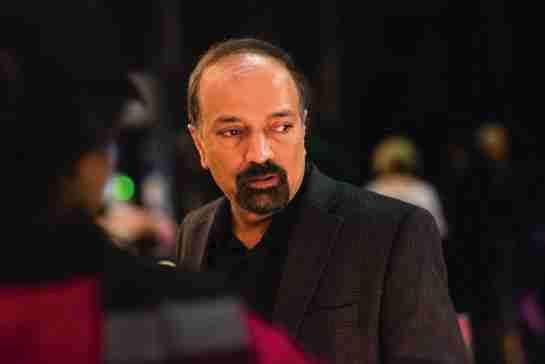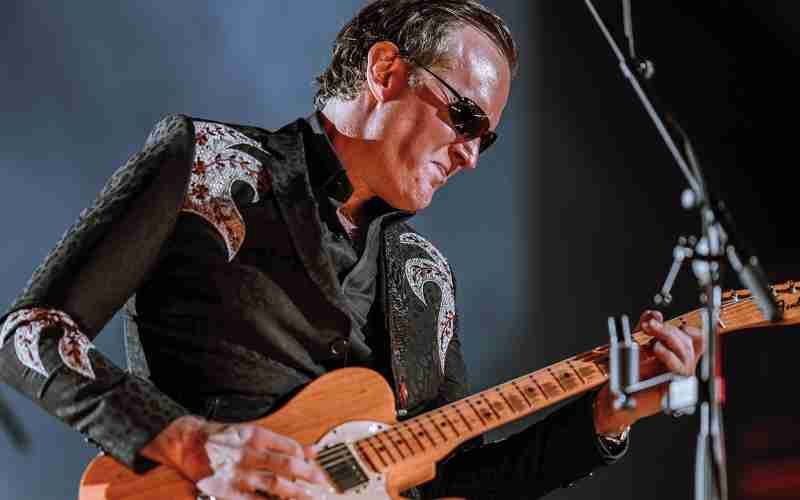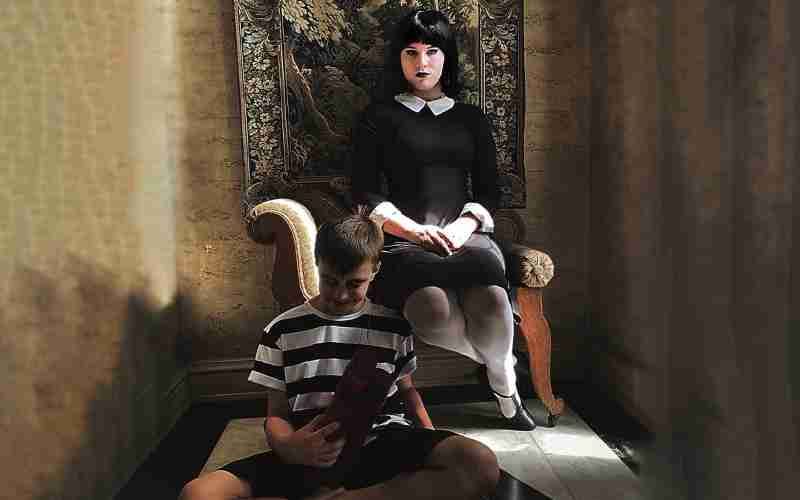Dr. Kanniks Kannikeswaran may not be a household name, but he is considered a pioneer of the Indian American choral movement.
Popularly known by his first name, Kanniks is an Indo-American musician, composer, music educator, and writer with a number of recordings, productions, and scores to his credit. No matter what projects he is involved with, the multi-faced vocalist is consistent with his vision of building community through the celebration of threads of commonality between diverse peoples and culture.
Based in Cincinnati, he is often described as “The Magic Musician from Madras” for creating a new territory in music by fusing Indian classical music with traditional western choirs.
“Indian music systems are ancient and the approach to music is very different from that in Western Art Music,” Kanniks said in an interview with Whatzup.
He acquired an interest in Indian sacred music growing up in Madras, India. There he graduated with a bachelor’s degree in engineering from the Indian Institute of Technology Madras.
He eventually came to the U.S. to attend engineering graduate school and ended up staying. Although he is a technology engineer by trade, it’s obvious that his life is music. That is portrayed with his contribution to the Greater Cincinnati Indian Community Choir, which he established in 1994 to explore polyphonic avenues in raga-based music.
The choir has performed sold-out performances at the Aronoff Center and received two silver medals at the 2012 World Choir Games in Cincinnati.
By popular demand, he also started Indian choirs in Washington, D.C., Houston, Tampa, Fort Lauderdale, Minneapolis-St. Paul, and Toronto among other cities. He hopes that someday Indian choirs will catch on around the world.
Magnum Opus
His magnum opus, Shanti: A Journey of Peace, has touched the lives of more than 2,000 performers and has been winning over audiences in major cities for more than a decade. It is an expansive and collaborative performance that explores the meanings of peace, joy, and the interconnectedness of all humanity through dance, music, and images of India, set to Western orchestral symphony.
One of his latest projects is “Rivers of India,” a music video that appreciates water resources and raises awareness about the importance of preserving them. It was released on Earth Day, April 22, of this year and tells the story of the growing dependency of an increasing population on rivers, human exploitation of water resources, and its consequences. The hope is that all will unite and to work towards protecting water resources.
Another music video he recently produced is “Yog Darshan: The Story of Yoga,” that has Kanniks melding music, yoga, history, and architecture in a grand view of how the history of yoga in intertwined with the history of the Indian civilization. These videos are on YouTube.
A Master Performer and Teacher
Kanniks has lectured broadly on Indian culture with music workshops and diversity training at numerous educational institutions, corporations, and cultural organizations nationwide. Good news for us, because he will soon head to Fort Wayne for a two-day residency at Purdue Fort Wayne’s Rhinehart Recital Hall.
“I had visited Fort Wayne in the 1980s and looking forward to this visit,” Kanniks said.
On Thursday, Oct. 28, at 7:30 p.m., Kanniks will hold a lecture and performance that will present an aural journey through the sound-worlds of Indian classical music. He will demonstrate the structures of alap, bandish, and dhrupad in an informal manner, followed by formal performances.
Then, on Oct. 29 at 11 a.m. and at 1:30 p.m, he will hold a workshop that will orient folks to the history and origins of Indian classical music. Participants will engage in listening and discussion about elements of Indian classical music such as raga, tala, shruti, instrumentation, genres within the classical tradition, and various formal structures.
His workshops have been hailed as being informative and comprehensive and have earned praise from various audiences.
“Audiences will join a curated journey through various compositional forms of Indian music and experience the musical cultural ethos of this tradition,” Kanniks said. “The workshops will involve ‘sing along’ passages, and will engage the audience in rhythmic exercises as well. There will be some multimedia and storytelling as well.”
 Submit Your Event
Submit Your Event


